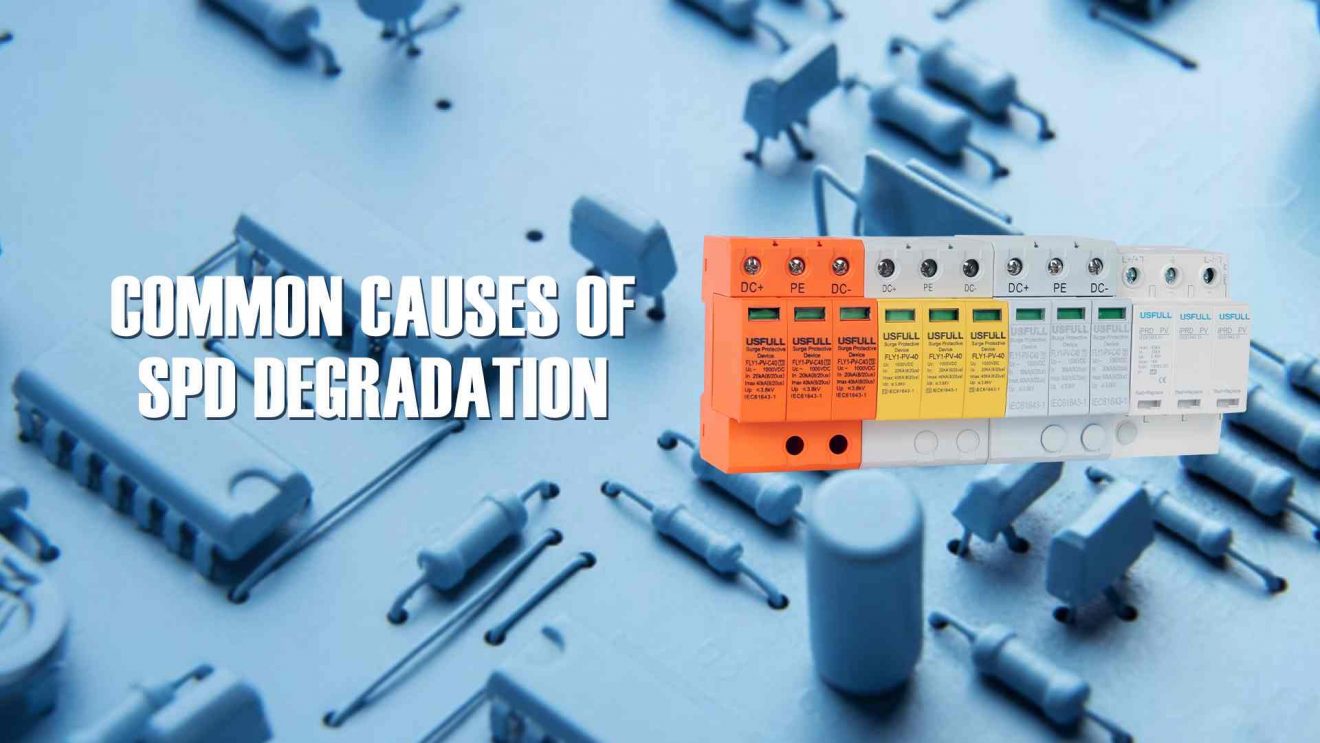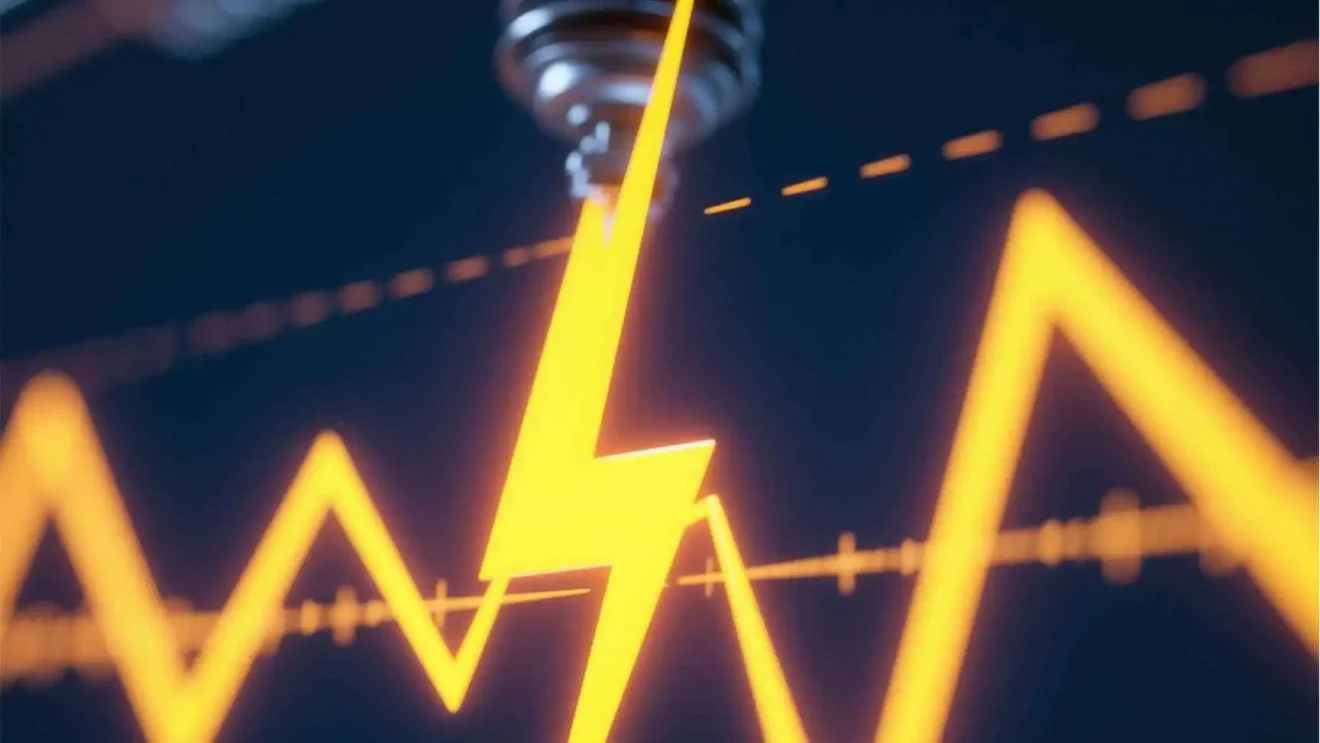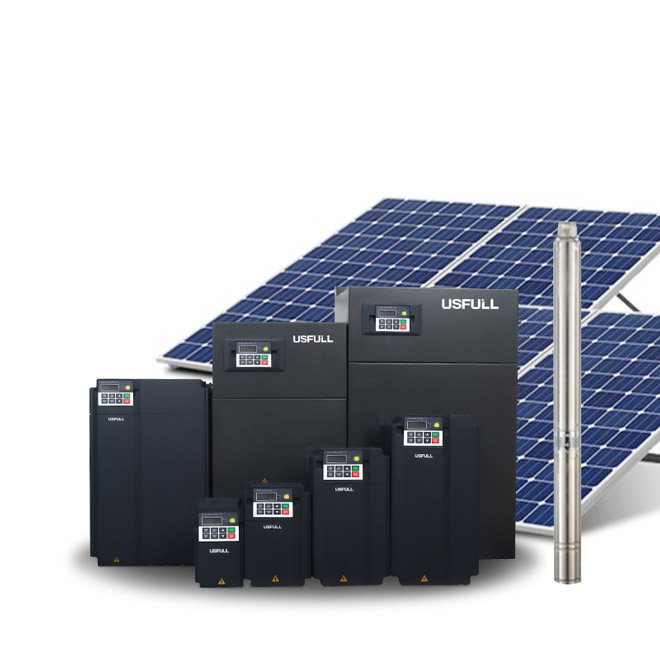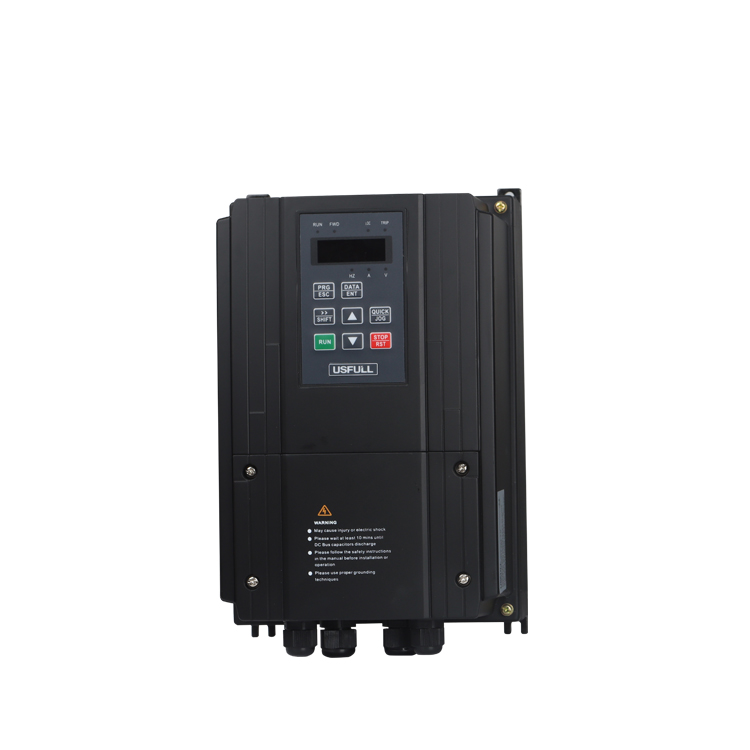Power surges silently damage equipment—causing downtime, costly repairs, and safety hazards. The solution? Choosing the right surge protective device.
A surge protective device (SPD) can fail prematurely due to sustained overvoltages, excessive surge currents, or regular wear. Understanding these issues ensures better protection for your solar SPD, PV SPD, or DC surge protector device.
Learn how to prevent SPD failures and keep your system safe and efficient.

What are SPDs?
Surge protective devices (SPDs), also known as surge protectors, are essential components in electrical systems that guard sensitive electronics against sudden voltage spikes. These spikes, or transients, can be caused by lightning strikes, power grid fluctuations, or internal electrical switching events. SPDs function by detecting overvoltage conditions and safely diverting excess energy away from equipment. They are critical in systems that rely on high-value equipment, such as solar energy systems, where devices like DC SPD, PV SPD, or solar surge protector are used. By integrating SPD devices at strategic points like service entrances and distribution panels, system longevity and operational safety are significantly improved.
Sustained overvoltages
Sustained overvoltages are among the leading causes of SPD degradation. Unlike transient spikes, which SPDs are built to handle, sustained overvoltages last longer—well beyond a single AC cycle. In DC systems, this becomes even more critical since overvoltage conditions may not self-correct quickly. SPDs, especially those built with metal oxide varistors (MOVs), are designed to respond to quick surges, not prolonged exposure. When subjected to sustained high voltage, the MOVs overheat, leading to thermal breakdown. This can trigger internal thermal disconnects in a well-designed DC SPD or solar SPD, rendering them nonfunctional. Once the protection is gone, load equipment faces direct risk. Replacing affected SPDs immediately and checking for grounding or upstream system failures is essential.

Excessive surge currents
Lightning-induced surges or industrial switching can generate currents that exceed the SPD’s surge current rating (kA). While surge protective devices are engineered to shunt large currents, they have limits. When these limits are breached, the internal components—especially MOVs—may not be able to handle the energy, causing them to overheat or even rupture. This degradation reduces their protective capacity over time, leaving your critical systems exposed. Facilities with higher lightning exposure or no external lightning protection system are especially vulnerable. Choosing SPDs with higher surge current ratings and installing dc surge protector devices at critical points (entry, distribution, end loads) helps mitigate this risk. Don’t rely on a single surge protector—layer your protection.
SPD wear and tear
Over time, even minor surges—like those from motor starts or capacitor switching—gradually degrade SPD performance. These everyday transients may not be catastrophic individually, but their cumulative effect weakens the MOV components inside SPDs. Eventually, this “electronic fatigue” causes the DC surge protector device to respond more slowly or less effectively to voltage spikes. For PV SPD or solar SPD applications, where uptime and component safety are critical, this wear can result in unexpected failures. Factors such as local lightning density, poor utility power quality, and equipment load cycles all influence degradation speed. That’s why monitoring SPD condition, using diagnostic indicators, and replacing worn units at regular intervals is vital to system integrity.
Best practices to extend the life of your SPDs
To prolong the life and reliability of your surge protective device, implement these best practices:
Install SPDs at key locations: Protect service entrances, distribution panels, and end-use equipment with appropriately rated devices like DC SPD or PV SPD.
Use higher kA rated SPDs: Especially in high-risk areas (lightning-prone regions), choose devices with surge ratings above minimum requirements.
Employ redundant MOV designs: Devices with multiple MOV arrays offer continued protection even if individual components degrade.
Ensure proper grounding and bonding: A poor grounding system can render even the best solar surge protector ineffective.
Monitor with indicators: Select SPDs with visual or remote status indicators so you’re alerted to performance degradation before total failure.
Regular inspections: Integrate SPD condition checks into your preventive maintenance schedule, especially in solar applications with high exposure to outdoor elements.

Implementing these strategies ensures your DC surge protection device continues performing when it matters most.
Choose reliable SPDs, inspect regularly, and protect your system from silent, costly failures.




